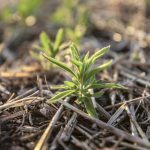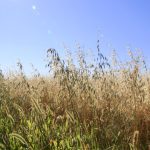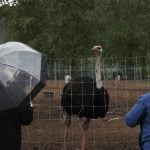
Features

Planter maintenance tips
Seed metering systems need to be checked for calibration and inspected for other wear-and-tear items

Keep kochia off your farm
Why kochia is one of Western Canada’s most problematic weeds, plus how to knock herbicide resistance on the head or prevent its development in the first place

How to scout for herbicide-resistant weeds
What to look for and when, plus prevention tips and an update on herbicide-resistant downy brome in canola

New tool helps canola producers understand variety-specific pod shatter risks
Rating system provides information needed to make harvest timing decisions

How much do you know about canola seed traits?
Take the Canola Council of Canada quiz to find out

Keep tabs on crop disease risk
Even the occasional rain event during a dry growing season can stimulate a crop disease outbreak

Crop rotation built around winter cereals
For more than 30 years fall-seeded crops have been a key part of this Peace River region farm business plan

Safe bets for intercrop mixes
An experienced Saskatchewan farmer shares how two intercrop mixes have provided several benefits for his operation

How much do you know about 4R nutrient management?
Take the Canola Council of Canada quiz to find out

Count your canola for best results
Online tool helps producers assess plant stands and minimize seed loss


